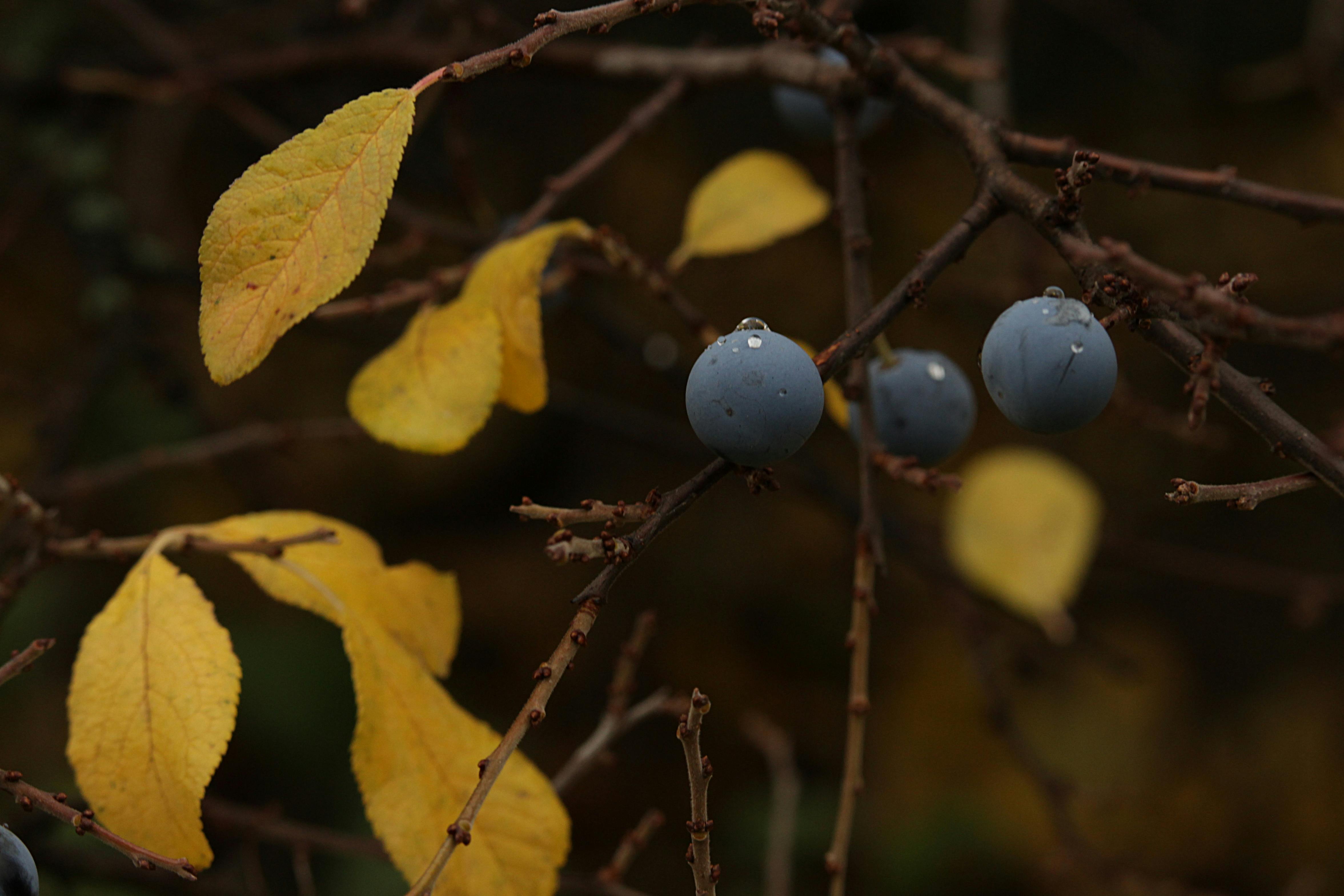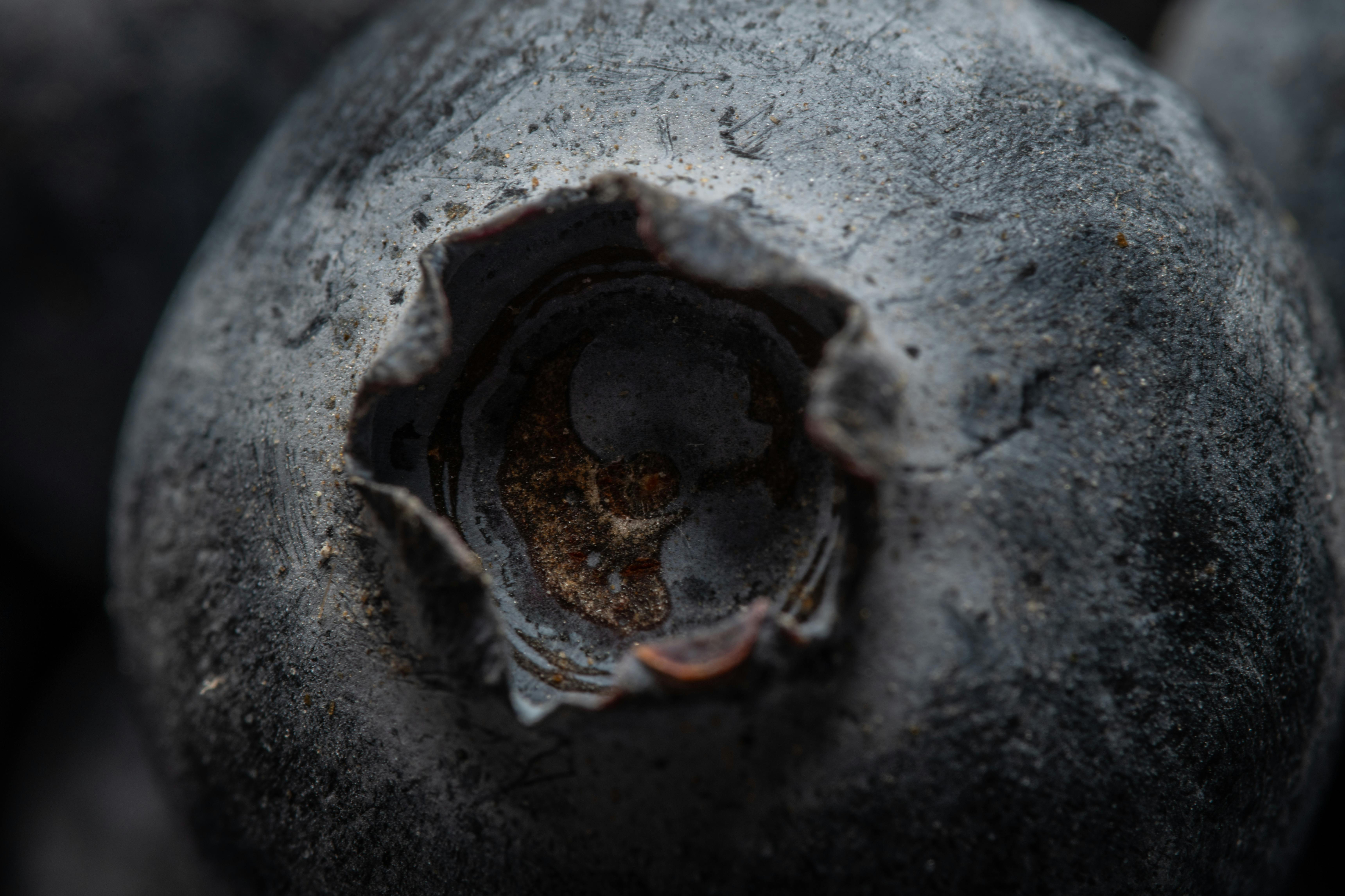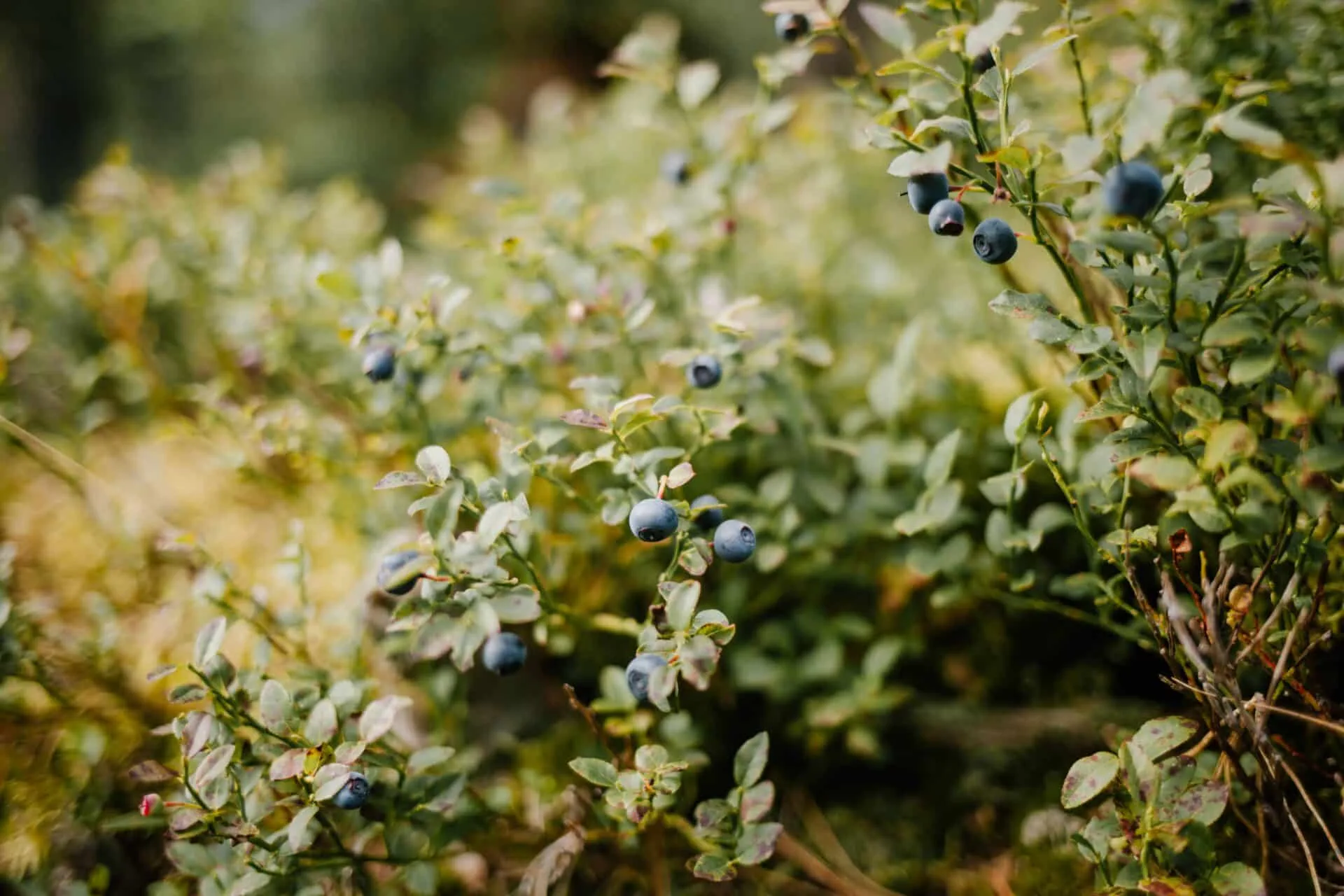Planting blueberry bushes in Georgia is an excellent way to add beauty and flavor to your garden. Blueberry bushes are well-suited to the region’s subtropical climate and can grow in a variety of soil types. By following some simple instructions, you can have a healthy crop of blueberries in no time. In this article, we will provide you with all the information you need to know about how to plant blueberry bushes in Georgia.When choosing a suitable location for planting blueberry bushes in Georgia, it is important to select a site that has well-draining soil and at least six hours of direct sunlight per day. The site should also be sheltered from strong winds. Blueberry bushes prefer a soil pH of 4.0-5.5, so it’s important to check the local soil conditions before planting. Avoid areas with poor drainage or areas prone to flooding as these can damage the plants. Furthermore, blueberry bushes are shallow-rooted, so they do best when planted on a slight slope for better drainage and root aeration. Selecting a site with naturally rich nutrients helps ensure the maximum success of your blueberry bush planting project in Georgia.
Prepare the Planting Site for Blueberry Bushes in Georgia
Preparing the planting site for blueberry bushes in Georgia is essential for their success. The soil should be well-drained and acidic, with a pH between 4.5 and 5.5. Blueberries prefer sandy loam soil with organic matter, so it is important to amend the soil with peat moss or compost, as needed. A raised bed is ideal when preparing the planting site, as it will help keep water from pooling around the root zone of the plants. In addition, mulching around the base of the plants with pine needles or hay can help maintain soil moisture and improve acidity levels in the soil. It is also important to provide adequate sun exposure for blueberry bushes; at least six hours of direct sunlight per day is recommended for optimal growth and production. Lastly, be sure to properly space your plants when planting them in Georgia; plant each bush 3-4 feet apart in rows 10-12 feet apart to allow room for growth and air circulation.
Disease-Resistant Blueberry Bushes Varieties for Georgia
Blueberry bushes are a popular choice for Georgia gardeners. They are easy to grow and provide a delicious, healthy snack when in season. But when it comes to selecting blueberry bushes for your garden, it’s important to choose varieties that are resistant to disease. Disease-resistant varieties are better able to withstand the temperature extremes and humidity of Georgia’s climate, which can lead to problems with mildew and other diseases in susceptible plants.
Fortunately, there are many disease-resistant blueberry varieties that can be grown successfully in Georgia. The rabbiteye blueberry is the most common variety grown in the state, but there are also highbush and southern highbush varieties that do well in warm climates. All of these varieties have been bred to be resistant to diseases such as root rot, leaf spot and stem blight.
When selecting a variety of blueberry bush for your garden, it’s important to consider the type of soil you have and the size of the plant you need. Highbush varieties tend to be larger and need more space than rabbiteye or southern highbush varieties, so if you have limited space available it might be better to choose one of these smaller types.
In addition, some varieties require more acidic soil than others, so pay attention to this when selecting a variety or you may end up with a plant that just won’t thrive no matter how well you care for it. Rabbiteye blueberries prefer soil with a pH between 4.5 and 5.5; highbush types prefer soil with a pH between 5.0 and 6.0; while southern highbush types prefer slightly less acidic soil with a pH between 5.5 and 6.5.
When planting blueberry bushes in your garden, make sure they get plenty of sunlight – at least six hours per day – as this will help ensure they remain healthy and disease-free throughout the growing season. It’s also important to keep them well watered during dry periods; mulching around the base of each plant will help retain moisture in the soil as well as keep weeds down.
With proper care and attention, disease-resistant blueberry bushes can provide delicious fruit for years to come – so why not give them a try? With so many different varieties available, you’re sure to find one that suits your needs!
Planting the Blueberry Bushes at the Right Time in Georgia
The right time to plant blueberry bushes in Georgia is typically during autumn or early winter. The ideal planting time for blueberries in Georgia will depend on the variety being planted and the specific region. Generally, blueberries should be planted before the ground freezes, but after temperatures have cooled down. This ensures that the roots will have enough time to establish before the harsh winter weather sets in.
When planting in Georgia, it is important to use quality soil that is rich in organic matter and has a pH of between 4.5 and 5.5. The soil should be well-draining and amended with organic matter such as compost or manure before planting. If possible, it is also helpful to add a layer of mulch around the plants once they are in the ground to help retain moisture and suppress weeds.
Blueberries need plenty of sun and water to thrive, so it is important to make sure they are planted in an area that receives at least six hours of direct sunlight each day. The plants should also be watered deeply and regularly throughout their growing season. It is best to water them slowly over a long period of time so that their roots can absorb as much moisture as possible.
In order for blueberries to produce healthy fruit, they must be fertilized regularly with a balanced fertilizer that contains nitrogen, phosphorus, and potassium. It is important to follow the directions on any fertilizer carefully, as too much can burn or damage the plants. Additionally, pruning should be done throughout the year to remove any dead or damaged branches as well as encourage new growth.
By following these simple tips, you can ensure that your blueberry bushes are planted at the right time and given proper care so that they can produce healthy fruit for many years to come!
Digging a Hole
Digging a hole for your new blueberry bush is an essential step in planting it in the ground. The size of the hole you need to dig will depend on the size of the rootball of the bush. Generally, you should dig a hole that’s twice as wide and just as deep as the rootball. When digging, make sure that all sides of the hole are straight and even. Use a shovel or spade to remove any weeds, rocks, or debris from inside the hole.
Placing the Blueberry Bush
Once you’ve finished digging, it’s time to place your blueberry bush in its new home. Gently lower it into the hole so that its roots are below ground level. Make sure that all of the roots are spread out evenly and firmly against the sides and bottom of the hole. Then, begin to backfill around your bush with soil from around your yard (or with purchased potting soil). Once you’ve filled in all around your bush, use your hands or feet to firmly press down on top of the soil so that it’s packed tightly around your plant’s roots.
Watering Your Blueberry Bush
Once you’ve finished planting your blueberry bush, it’s important to give it plenty of water right away. This helps ensure that its roots have enough moisture to start growing strong and healthy. Use a hose or watering can to give your new plant 1-2 inches of water every week for at least six weeks after planting. Be sure not to overwater, as this can cause root rot and other problems for your plant.

Mulch and Water the Newly Planted Blueberry Bushes in Georgia
Properly mulching and watering newly planted blueberry bushes in Georgia is an important step to ensure a healthy crop. Mulch helps to retain moisture in the soil, reduce weeds, and regulate soil temperature. A good layer of mulch should be applied around each bush, making sure to keep it away from the stems. The recommended depth for mulching blueberries is 3-4 inches. When adding mulch, make sure it is organic material such as wood chips or bark.
Once the mulch has been added, it is time to water the newly planted blueberry bushes. It is important to provide a consistent amount of water for your plants throughout the growing season. During the first few weeks after planting, water deeply and often enough so that the soil remains moist but not soggy. Once established, blueberries should receive about 1-2 inches of water per week during dry weather conditions.
It is also important to fertilize your blueberry bushes annually with an acid-forming fertilizer such as ammonium sulfate or urea-based fertilizer. Applying 1 pound of fertilizer per 100 square feet of bushes will help provide essential nutrients for optimal growth and production.
Following these steps will help ensure a healthy crop of blueberries in Georgia!
Fertilize the Soil Around the New Plantings of Blueberry Bushes in Georgia
Fertilizing the soil around new plantings of blueberry bushes in Georgia is an important step in ensuring their success. Blueberries need nutrient-rich soil to produce the best yields, and using an appropriate fertilizer can help provide these essential nutrients. When fertilizing blueberry bushes, it is important to use a fertilizer that is specially formulated for acid-loving plants like blueberries. This type of fertilizer will have a lower pH level than regular fertilizers, which can help protect the roots of the plants and promote healthy growth.
Before applying any fertilizer, it is important to test the soil’s pH level. If the soil is too acidic or too alkaline, it can cause issues with nutrient uptake and plant growth. If the pH level is off, it may be necessary to adjust it before applying any fertilizer. Once the pH level has been adjusted if needed, a general application rate for blueberry bushes should be about 1 pound of fertilizer per 100 square feet of planting area. It is also important to keep in mind that over-fertilizing can damage or even kill your plants, so be sure to follow package directions carefully when applying any fertilizer.
In addition to a balanced application of fertilizer, adding organic matter like compost or manure can also help improve soil structure and provide additional nutrients for your blueberry bushes. Adding organic matter also helps increase water retention in sandy soils and helps reduce compaction in clay soils. This can help create an environment that blueberries thrive in and encourage healthy root growth.
By following these steps when fertilizing new plantings of blueberry bushes in Georgia, you will be able to give your plants the best chance at success and ensure they have all they need for optimal growth and yields.
Prune and Train the Blueberry Bush to Improve Fruiting in Georgia
Pruning and training blueberry bushes in Georgia can help ensure a successful harvest. Pruning is essential for blueberry bush health, as it removes dead or diseased branches, encourages new growth, and promotes better fruit production. Training is also important, as it helps keep the plant’s size manageable and allows more light to reach the berries. By following a few simple steps, you can prune and train your blueberry bush with ease.
First, identify any dead or diseased branches that are present on the bush. These should be removed to prevent further damage from spreading to other parts of the plant. Next, thin out any overly dense branching by cutting back some of the thicker stems. This will allow more light to reach the developing fruit. It’s best to do this in late winter or early spring before new growth begins.
When it comes to training your blueberry bush, make sure you are using a trellis or other support system that can accommodate its size and shape. This will help keep the plant upright and make it easier to harvest the fruit when it’s ready. Prune away any wayward branches that start growing in an undesirable direction, as this will help maintain a uniform shape for your blueberry bush.
Finally, keep an eye on your blueberry bush throughout the year for signs of disease or pests. If you notice any problems early on, you can take steps to treat them before they become more serious issues that could affect your harvest. With regular pruning and training, you should be able to enjoy plentiful harvests of sweet blueberries from your Georgia garden!

Conclusion
Planting blueberry bushes in Georgia is a great way to create a natural and productive landscape. Blueberries are easy to grow, highly nutritious, and require minimal care. When planting blueberry bushes, be sure to choose the right variety for your climate and soil type. Also, make sure to give your blueberry bushes plenty of water and mulch, as well as regular pruning and fertilizing. With the right care and attention, your blueberry bushes should thrive in Georgia!
Overall, growing blueberries is a worthwhile endeavor that can provide delicious fruits for many years to come. With the right knowledge and techniques, you can easily learn how to plant blueberry bushes in Georgia. Follow these simple tips for success and you’ll be enjoying fresh berries from your own backyard in no time!



